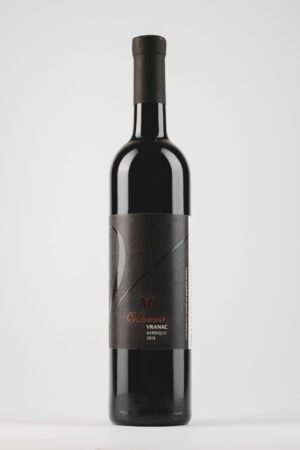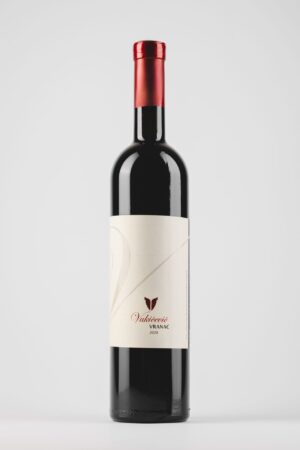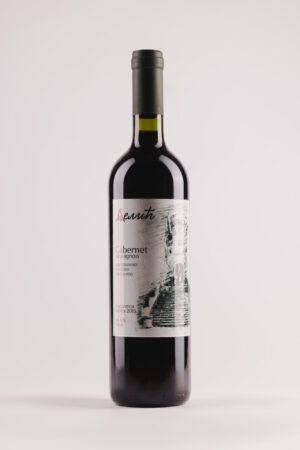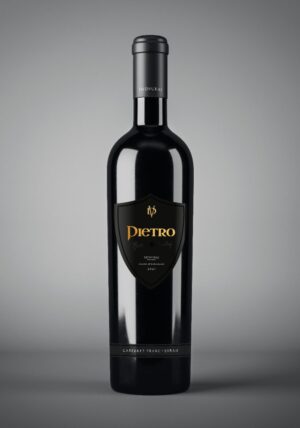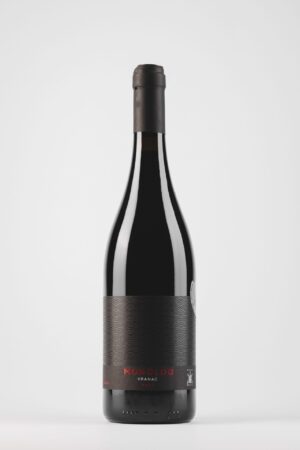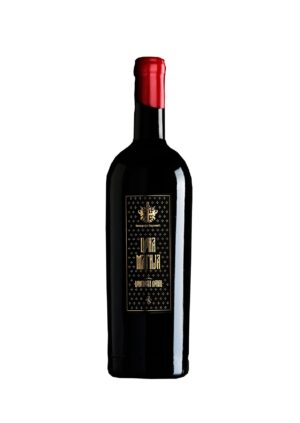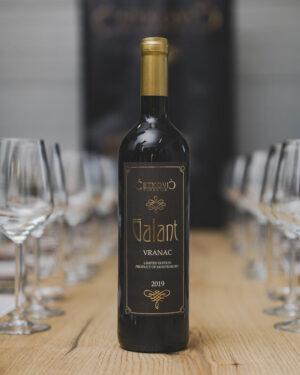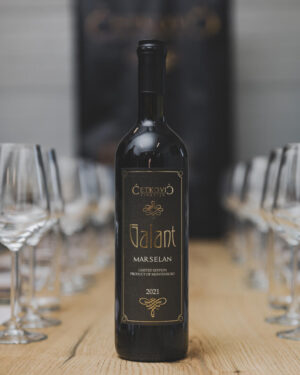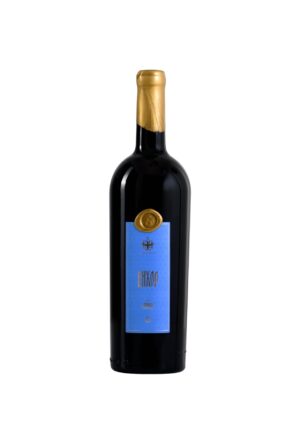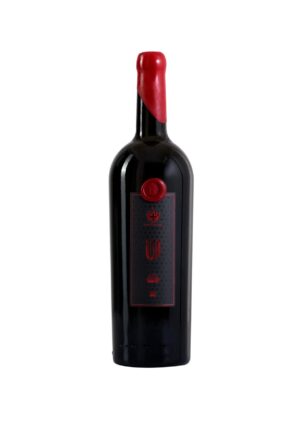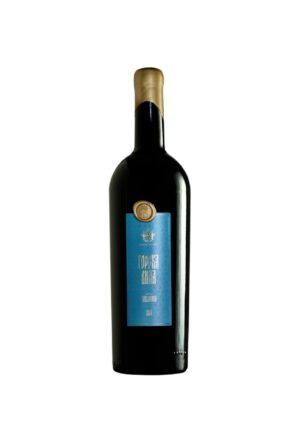You can contact us 24/7 0 800 300-353
133,78 €
Subtotal: 133,78 €
Your order qualifies for free shipping!
Free Shipping on All Orders Over $100
133,78 €
Subtotal: 133,78 €
Your order qualifies for free shipping!
Free Shipping on All Orders Over $100
The History of Winemaking in Montenegro
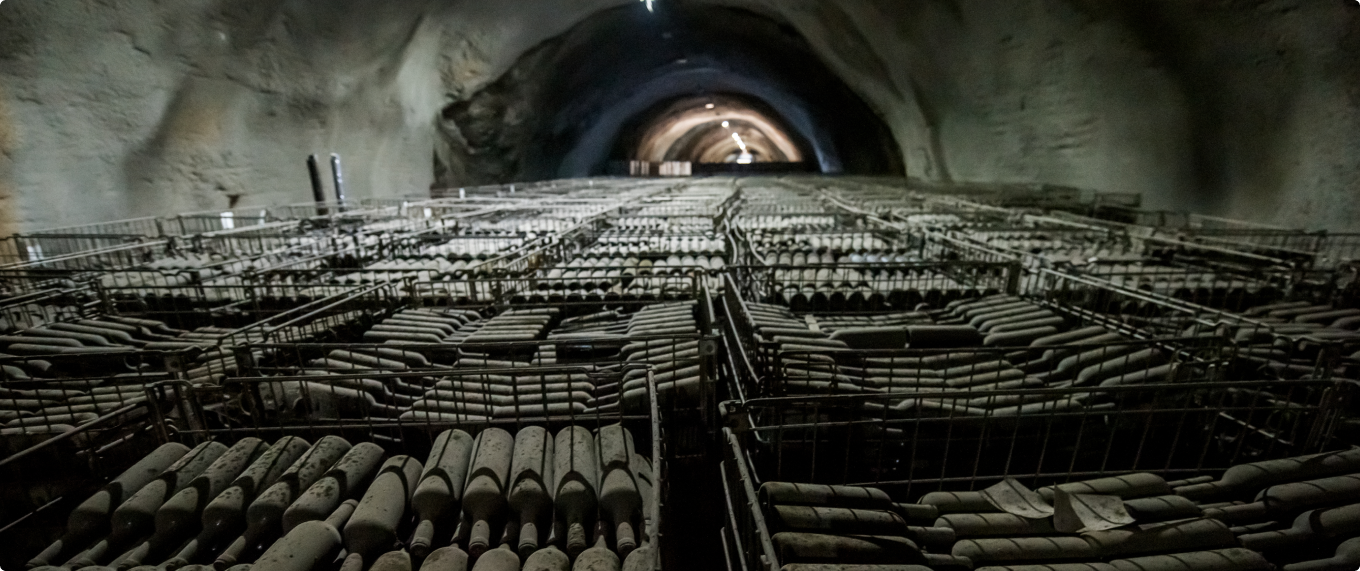
The history of Montenegrin winemaking dates back to the pre-Romanesque period. During the era of the Illyrian state, which occupied the territory of modern-day Montenegro, vineyards grew in the Skadar Lake valley. In the coastal region and its hinterlands, wild grapevines could be found within the forest vegetation. Before Greek colonization and Roman conquests, the Illyrians were the most prominent inhabitants of this area. Their main fortifications were concentrated along the Montenegrin coast and the coastal part of Skadar Lake, as evidenced by the ruins of ancient cities like Risan, Budva, and Ulcinj, as well as numerous artifacts of material culture.
Scepters and fragments of Gnathian vases, along with Italo-Greek amphorae from the 4th–3rd centuries BC, confirm the strong influence of Greece on viticulture development in Montenegrin coastal areas. Artifacts found in the Bay of Kotor attest to trade and wine transport by ship. Among the amphorae from the 1st and 2nd centuries AD, grapevine twigs were used as cushioning material and were preserved in sediment that acted as a natural preservative. A mosaic depicting a grapevine leaf, dating to 300 AD, is a significant part of Montenegro’s cultural heritage and can be found in Petrovac.
Magnificent silver goblets adorned with rubies and filigree from the 17th century serve as relics of lifestyle and a testament to the appreciation of wine. Viticulture in the Adriatic region and its hinterlands was further advanced by the Romans, who left many records and evidence about grape cultivation, varietals, and vine care. Some terms still used in Montenegro today—such as “must,” “kada” (vat), “barrel,” “pitcher,” and “cellar”—are of Latin origin. Later, the Slavs continued winemaking during the Middle Ages, particularly around monasteries.
In the late 12th and early 13th centuries, city statutes regulated grapevine cultivation and winemaking. The most significant written records on the production and sale of wine and grapes can be found in the medieval Statute of Budva, which was in use with certain amendments from 1442 to 1553. Similarly, certain legal provisions concerning grapevine cultivation, wine sales, and imports exist in the Statute of Kotor. A chrysobull by Ivan Crnojević (15th century) mentions property relations, including land, vineyards, and mills. Historical records from Turkish archives also reference vineyards in Godinje, Seljani, and other places.
In the 18th and 19th centuries, there were landowners with over 100,000 vines producing up to 120,000 liters of wine annually. Organized efforts to improve Montenegrin viticulture began during the reign of King Nikola (1860–1918). During this period, the first agricultural school in Danilovgrad opened in 1875, and the first vine nurseries were established in Danilovgrad, Limljani, Bar, and Sotonići. In 1890, an order from King Nikola was published in “The Voice of Montenegro,” which stated:
“Every Montenegrin soldier from areas where vines can grow shall plant 200 vines this year, and families who voluntarily plant 2,000 vines shall be exempt from vine tax for 10 years.”
At that time, Montenegro had 1,145 hectares of vineyards with grafted vines, and the first specialized agricultural winegrowers’ cooperatives were established in 1911, laying the foundation for modern Montenegrin viticulture. Montenegro received several awards for wine quality in 1907 at the London Wine Exhibition, including the Grand Gold Medal for the premium quality of Vranac wine from Crmnica.
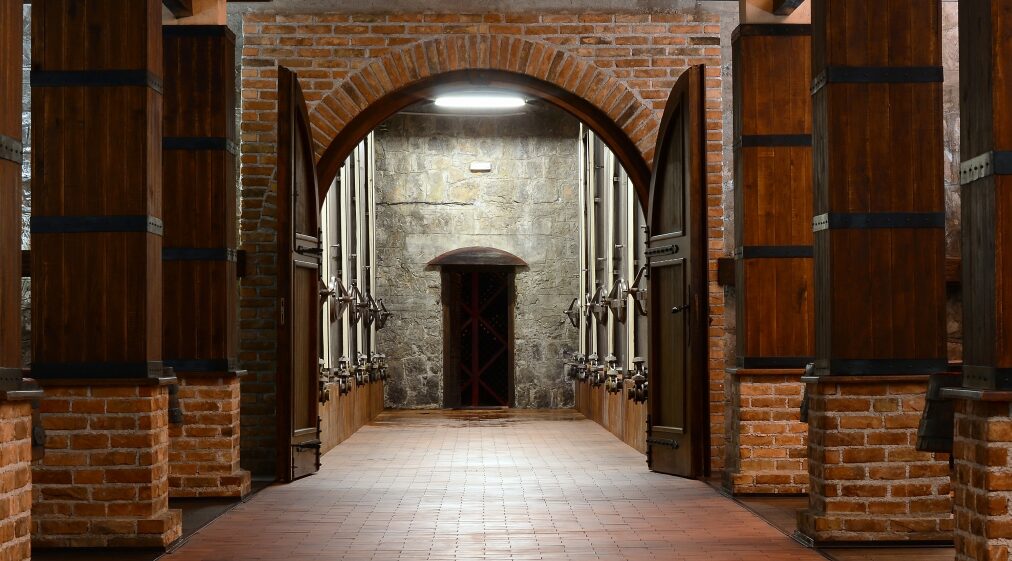
Just before World War I, numerous foreign researchers and travelers, including Byron, Rovinski, Kuba, Kaper, Hasert, and Bulić, left significant written accounts of grape and wine production in Montenegro. At the request of French ampelographer Viala to the Montenegrin government in 1905, Petar Plamenac, a chief department official in the Ministry of Internal Affairs, provided a brief description of Vranac, Kratošija, and Krstač, which Viala and Vermorel included in the seventh volume of their Ampelography.
Between the two World Wars and afterward, regional cooperation and varietal exchange began, along with the gradual restoration of destroyed vineyards and wine cellars. While respecting a long and rich tradition, wine production and quality have been continuously improved.
Despite historical challenges—wars, periods of local and global economic crises—Montenegrin winemakers never abandoned their vineyards and wineries. They have continuously enhanced the quality of their wines, respecting a two-millennia-long tradition.



Perhaps nature’s artistry reaches its peak in Montenegro, where three blues meet—the skies, the Adriatic Sea, and Skadar Lake. Here, mountain and Mediterranean air currents collide, blending the scents of linden and pine with those of orange and peach. The deep green of coniferous forests intertwines with the silvery sheen of olive groves and the oldest Montenegrin vineyards. The reflections of water, the depth of forests, the warmth of rocky terrain, the aroma of the south, and the vibrant local colors are all captured in Montenegrin wine of unique character.
Montenegrin wine reflects the roots of culture, love for the land, skill, and the passion for creation. In the interplay between creativity and traditional methods and experience, complemented by a fusion of knowledge and artistry, the emphasis is always on quality and experience.
Montenegrins may not work tirelessly, but neither are they born without purpose. Over centuries, they have cultivated the culture of wine and, like Hesse’s Glass Bead Game players, strived for perfection. Combining blue and golden beads, they carefully choose the moment of transition into a sublime composition. Some, the wine artisans, craft masterpieces. Others enjoy these compositions while creating new values.

